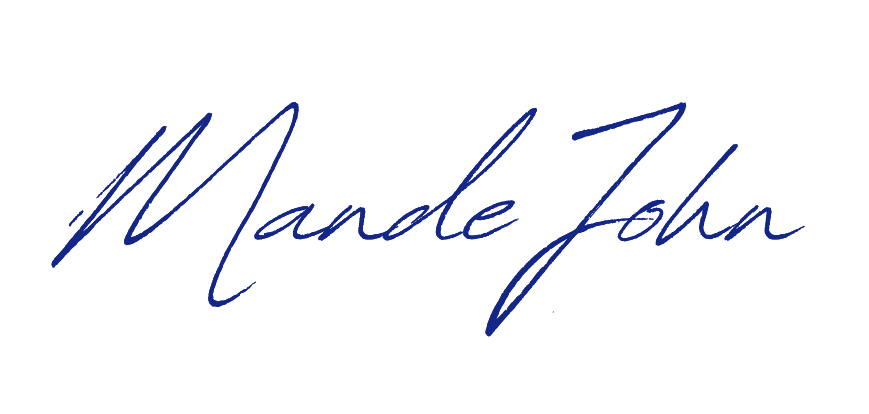Imagine if we took your digital workspace and made it a physical space – what would it look like?
For many professionals with ADHD, it would resemble a trailer park with no paths connecting the different areas. Dropbox over here, Google Drive over there, countless emails scattered everywhere, and passwords… where did you put those passwords again?
This digital disorganization isn’t just frustrating—it’s costing you precious time, mental energy, and productivity. But it doesn’t have to be this way.
Recently, I sat down with Shaun Lemon, a digital organization expert who also has ADHD, to discuss strategies specifically designed for our unique brains. This article distills our conversation into practical steps you can implement today.
The Four Pillars of Digital Organization
According to Shaun, mastering four key areas will give you control over your digital life:
- Email management
- File organization
- Password systems
- Project management
Let’s dive into each one with ADHD-friendly strategies.
Email: It’s Not Just an Email Problem
Email has evolved far beyond its original purpose as a simple correspondence tool. Today, it serves as:
- A marketing platform
- A file storage system
- A notes repository
- A to-do list that anyone can populate
This multifunctional nature is precisely why our inboxes become overwhelming.
The Solution: Stop Organizing Email
Wait, what? That’s right—Shaun suggests that we stop trying to organize emails and instead focus on moving items to their proper destinations:
- Files: Download attachments and place them in your filing system with appropriate names
- Tasks: Move action items to your task or project manager
- Important information: Extract and store in appropriate note-taking systems
- Temporary items: Snooze for when you need them
Practical Email Strategies
- Use the “Snooze” Feature Instead of leaving emails in your inbox as reminders, use the snooze feature to have them reappear when you actually need them. This keeps your inbox clear while ensuring nothing falls through the cracks.
- Be Ruthless with Subscriptions Unsubscribe aggressively. As Shaun points out, “You can always subscribe again later.” For a quick cleanup, tools like Clean.email can help you identify and manage subscriptions en masse.
- Create Email Boundaries Having separate email accounts for different purposes works—if you manage them properly. Consider having:
- A protected account for important communications
- A “junk” account for subscriptions and marketing
- Business-specific accounts for work matters
The key is stopping the flow of new subscriptions by being vigilant with the “unsubscribe” button.
File Organization: Creating One Central System
The most important step in file organization isn’t creating the perfect folder structure—it’s getting everything in one place.
The Four-Phase Approach
- Consolidation Phase
- Choose one cloud service (Google Drive, Dropbox, iCloud) as your primary storage
- Download and move everything from other platforms to this central location
- Don’t organize yet—just focus on getting everything in one place
- Deletion Phase
- Once everything is consolidated, do a “deletion pass”
- Remove duplicates, outdated files, and anything you genuinely won’t need
- Be more aggressive than you think you should be (but consider backing up anything you’re uncertain about)
- Archiving Phase
- Create an “Archive” or “Deep Freeze” folder
- Move older files you rarely access but need to keep
- This prevents these files from cluttering your daily workspace while preserving them
- Organization Phase
- Now that you’re working with a smaller, more relevant set of files, create your organization system
- Implement a consistent naming convention (more on this below)
- Focus on making things findable rather than perfect
Naming Convention Magic
A good naming convention eliminates the need for complex folder structures. Shaun uses:
YYYY-MM-DD-Category-Description
For example: 2025-04-18-Contract-ClientName
This ensures:
- Files sort chronologically
- Categories are clearly identified
- You can find what you need without opening the file
- Search becomes much more effective
Pro Tip: Use a text expander tool (like TextExpander for Mac) to automate this naming process. For example, typing ;date could automatically insert today’s date in your preferred format.
The “One Thing at a Time” Approach
A crucial insight from our conversation was the power of focusing on one thing at a time. This applies to:
- Project Focus
- Choose one priority project rather than juggling multiple initiatives
- Work on it until completion before starting the next one
- This reduces the cognitive load of context switching
- Digital Organization
- Don’t try to organize every aspect of your digital life simultaneously
- Start with the area causing the most friction (often email or files)
- Complete that before moving to the next area
- Implementation
- Break organization projects into small, manageable chunks
- Avoid marathon sessions that lead to burnout and resistance
- Set clear stopping points before you begin
This approach helps prevent the common ADHD pattern of getting motivated, hyperfocusing until exhaustion, crashing, and then avoiding the task for weeks.
Managing Ideas and Information Overflow
For those of us with ADHD, ideas come constantly. But trying to action everything immediately leads to overwhelm and unfinished projects.
The Back Burner List Strategy
Create a dedicated document (Google Doc, Trello board, etc.) specifically for:
- Business ideas
- Projects you might want to pursue
- Things to learn
- Content ideas
- Potential opportunities
The key is keeping this list completely separate from your active projects and to-do lists. As Shaun explains:
“I can’t have it in my project manager or task list because then I feel like I have to do something with it, or I’ll procrastinate by looking at it instead of finishing what I’m supposed to be doing.”
Only when you’ve completed current priorities should you return to this list to select your next focus.
Leveraging AI as Your ADHD Assistant
One fascinating aspect of our conversation was how Shaun uses AI to manage his ADHD tendencies:
- Project Planning
- Having AI break complex projects into manageable phases
- Setting up check-ins to prevent hyperfocus
- Creating frameworks for decision-making
- Context Retention
- Using AI to remember details about projects
- Creating persistent conversations for specific topics
- Having AI ask if you’re ready to implement or want to continue planning
- Decision Support
- Getting help prioritizing competing priorities
- Breaking down overwhelm
- Evaluating time and energy requirements
The key is giving AI specific instructions about your ADHD tendencies and how you work best.
Building Trust in Your System
Perhaps the most important aspect of digital organization for ADHD brains is building trust in your system. This means:
- Trusting that important ideas will return if you don’t capture them immediately
- Trusting that your “back burner” items are safe even when you’re not actively thinking about them
- Trusting that you’ll remember where things are because you’ve created a consistent system
As this trust builds, the anxiety around digital organization diminishes, making it easier to maintain your systems long-term.
Starting Your Digital Organization Journey
If you’re feeling overwhelmed by the prospect of reorganizing your entire digital life, remember these principles:
- Start with one area that causes the most friction
- Set small, achievable goals rather than marathon sessions
- Focus on function over perfection
- Build consistent habits rather than creating the perfect system
Digital organization isn’t a one-time project but an ongoing practice—and with the right strategies, it can become a sustainable part of your ADHD life.
Looking for more support with digital organization? Visit thedigitalorganizer.com/thrive for free guides and resources specifically designed for ADHD brains.
#ADHDProductivity #DigitalOrganization #EmailManagement #FileOrganization #ADHDStrategies



